Essential Guide to Buoyancy Aids
Buoyancy aids, also known as PFD (Personal Floatation Device), are essential safety gear for a number of sports. For dinghy sailing, kayaking and canoeing they’re an absolute must, and for paddleboarding, windsurfing, kitesurfing and swimming they can be really helpful for additional flotation. They also help with making you feel safer on the water, especially when trying new manoeuvres, such as learning to waterstart on a windsurfer.
The key thing to know about buoyancy aids is that, as the name suggests, they will aid your buoyancy in the water. Unlike a life jacket, they won’t roll over the wearer if they’re face down in the water or ensure the airway is clear of the water. This means it’s important that you only wear a buoyancy aid if you are a confident swimmer heading out in sheltered waters.
This guide will cover:
Key Features of a Buoyancy Aid
- Offers at least 50N of buoyancy
- Compact, foam design – don’t rely on inflation
- Won’t necessarily have crotch straps
- May include convenient pockets for storage
Benefits of a Buoyancy Aid vs. a Life Jacket
- More compact: The design of a buoyancy aid makes it much less inhibiting than a life jacket – perfect for sports which require a lot of upper body movement, or where it’s necessary to be agile in a confined space.
- Doesn’t inflate: The flotation from a buoyancy aid doesn’t rely on the device inflating, meaning for sports where the wearer may find themselves in the water a lot (like kayaking and dinghy sailing), it’s much more convenient to use a buoyancy aid.
- Pockets: You’re much more likely to find storage pockets on a buoyancy aid, which is great for taking snacks on the water as well as essentials like safety knives, as long as they are stored correctly.
- No re-arming required: Due to its foam construction, a buoyancy aid is always ready to go. You can get it wet as much as you like and it will still be able to do its job.
Read more in our guide on the differences between buoyancy aids, life jackets, and impact vests.
Buoyancy Aids for Dinghy Sailing
The main difference between a dinghy sailing buoyancy aid and a kayaking buoyancy aid is the shape. For dinghy sailing, the buoyancy aid needs to allow freedom of movement whilst also proving support, stability and protection. Wetsuit Outlet has a great selection of dinghy sailing buoyancy aids, suitable for those just getting into the sport as well as serious racers aiming for peak performance on the water. Take a look at our top picks for all budgets…
The HH Rider Vest is one of our bestsellers, and for good reason. It’s a simple, low bulk buoyancy aid with a zip front, meaning it’s easy to get on and offers all the support you need for your first time sailing.
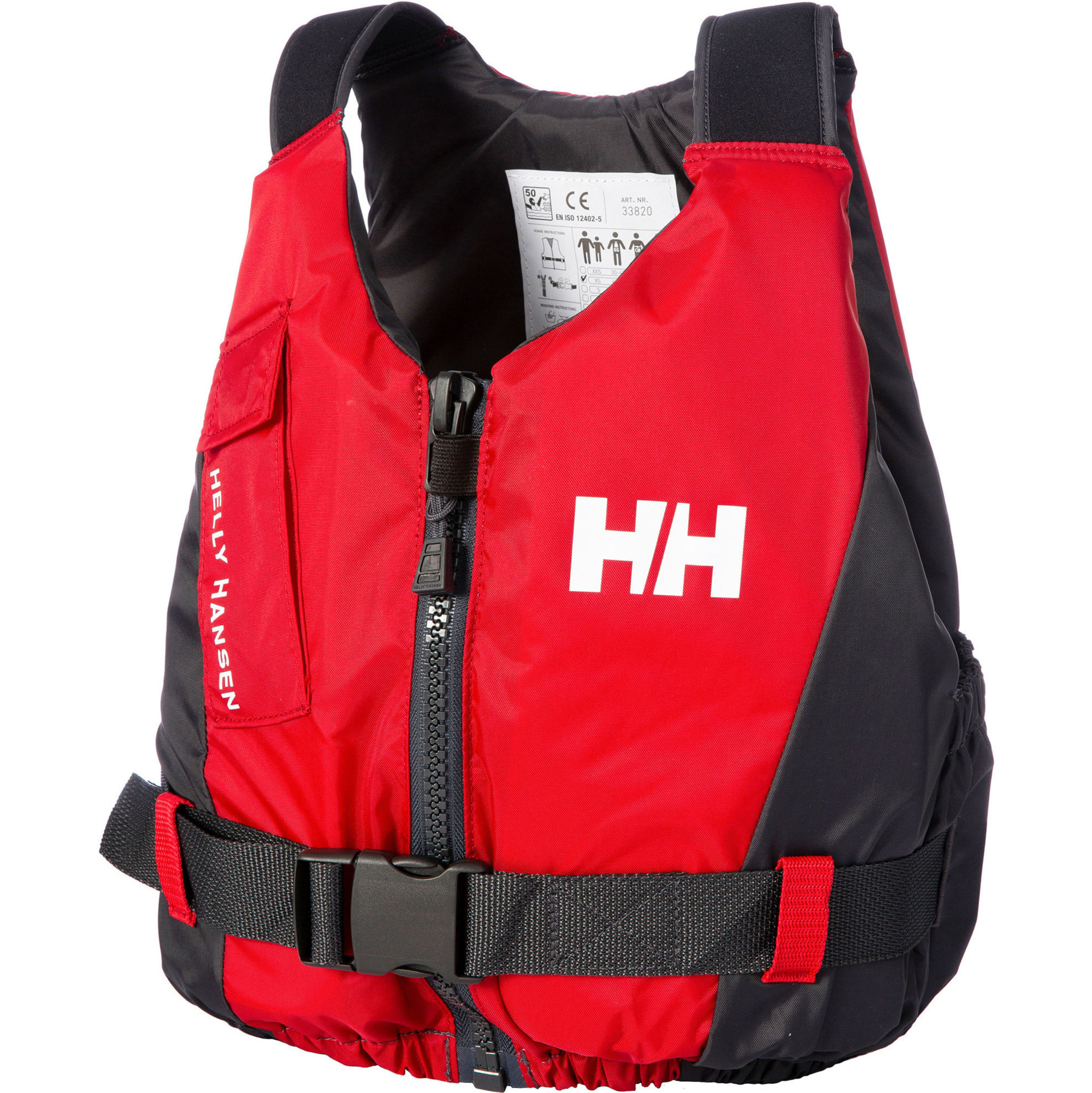
The Pro Racer Buoyancy Aid has been developed with minimum bulk and maximum comfort in mind. Shaped to allow full freedom of movement and fully adjustable to enable a snug streamlined fit.
.jpg)
If you only want the best, the Zhik P2 is the way to go. This BA is ultra-light and slim and is designed to sit close to the body, giving you maximum freedom of movement and comfort on the water.
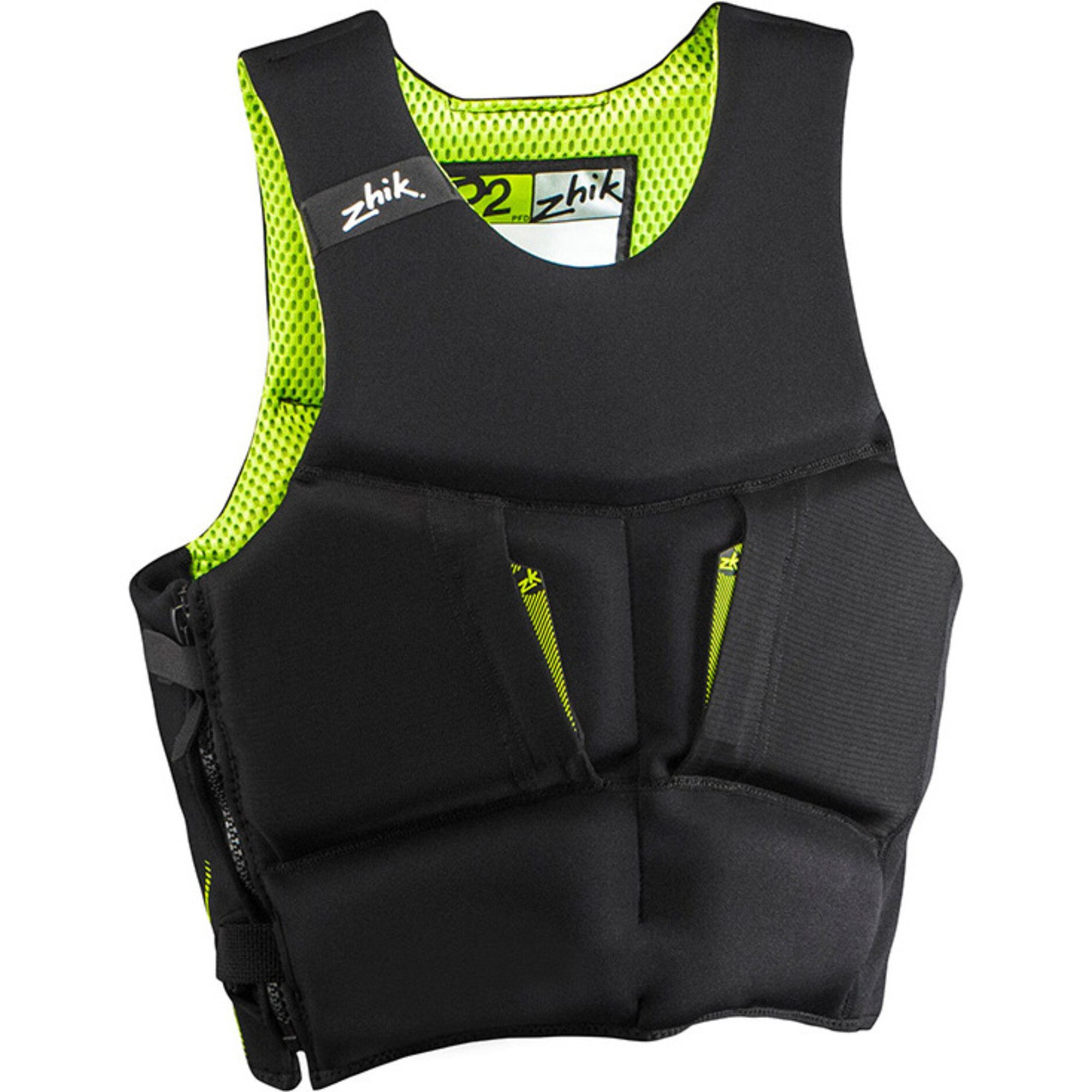
Buoyancy Aids for Kayaking
For kayaking, the key difference is that these buoyancy aids will have less foam around the shoulders, to enable better upper body movement for paddling.
The Meander is a touring PFD designed to be lightweight‚ slimline‚ and easy to use. A low profile design with a simple‚ secure zip and buckle closure.
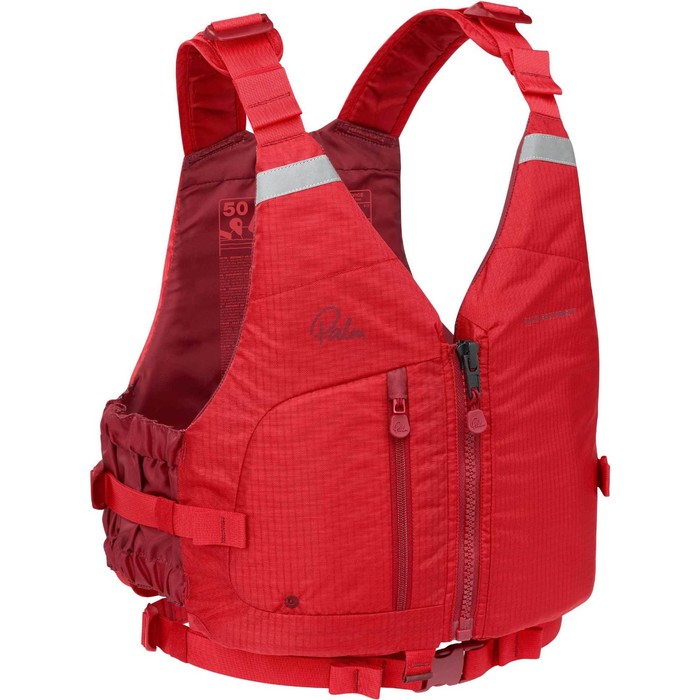
The Nevis has the world’s first Piggyback adjustable quick-release chest harness, improving upon the latest research so that releasing your harness doesn’t affect the fit of your PFD. The Nevis sets a new standard in fit and safety.
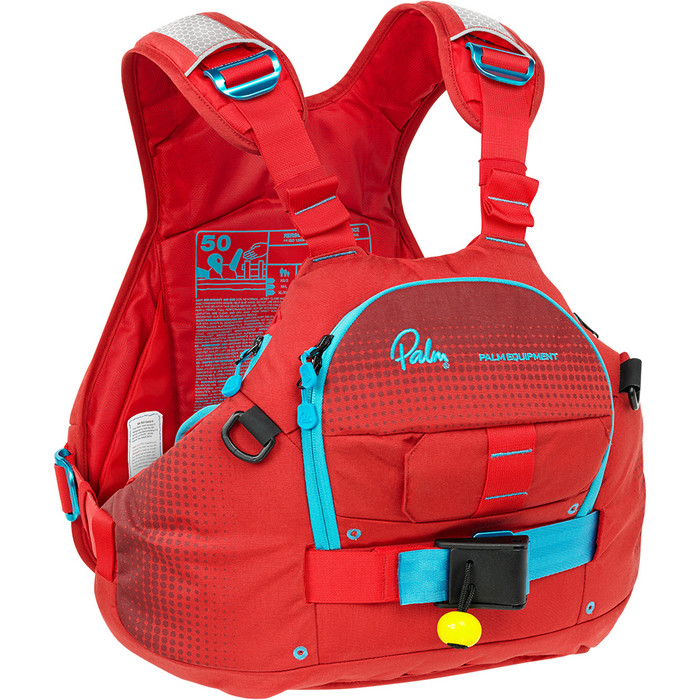
Buoyancy Aids for SUP
When looking for a SUP buoyancy aid, you'll want to look for one that has less foam around the shoulders like the kayaking buoyancy aids. This is so your range of motion isn't inhibited. Another option for SUPs is a PFD waistbelt that allows even more range of motion.
This waist belt PFD conceals a 100N floatation bladder which can be instantly inflated when you need it‚ at the pull of a cord. Perfect for stand-up paddle boarding‚ the Glide has a handy phone-sized pocket and D-ring clip points. Sitting comfortably out of the way when not in use‚ the Glide fastens securely over your head once it's inflated.
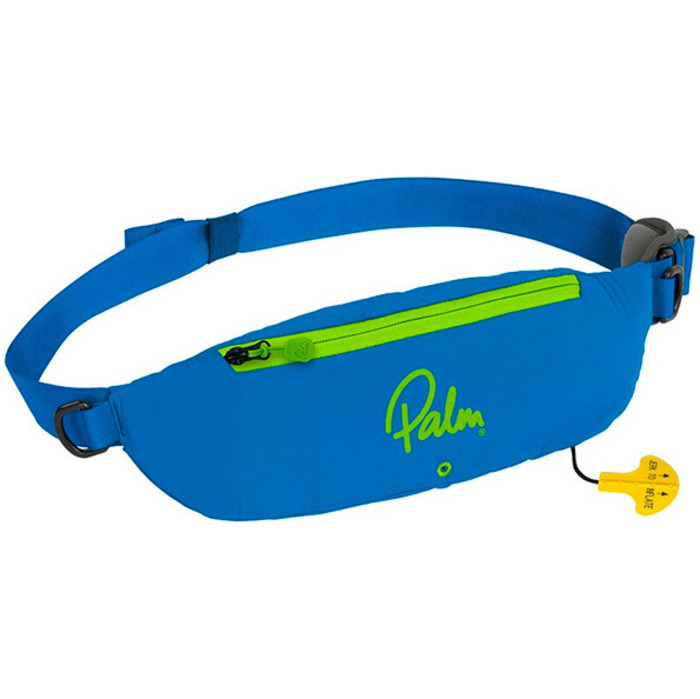
When not to choose a buoyancy aid (and opt for a life jacket instead)
It's important to repeat that buoyancy aids and lifejackets are used in different situations. Buoyancy aids are designed to help keep you afloat whilst treading water. They will not roll an unconscious wearer around the right way in the water, and their design won't keep the head above the surface if you aren't treading. Lifejackets are designed to keep you afloat even if you're unconscious.
For young children, a foam lifejacket is often the safest choice. Read our guide on choosing the best life jacket for your child to find the right one.
Whether it's a life jacket, buoyancy aid, or other PFD, make sure they are always fitted and suited for the job.
Updated on 27th April 2023
Originally published on 25th March 2020 in Guides












































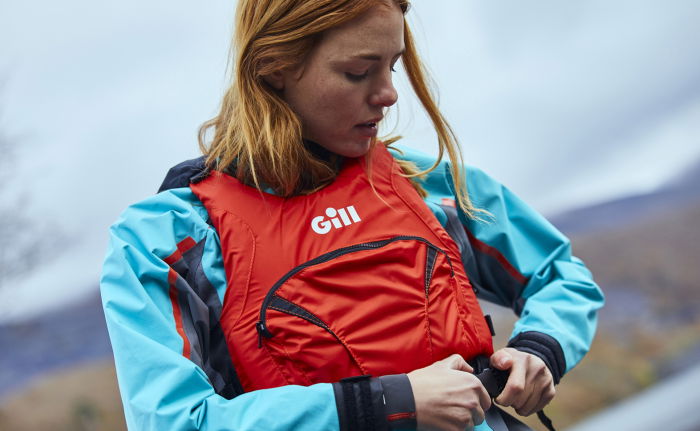

.jpg)






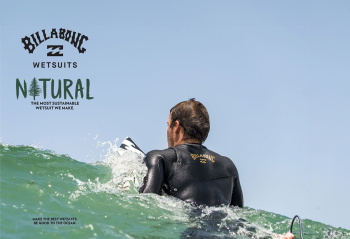

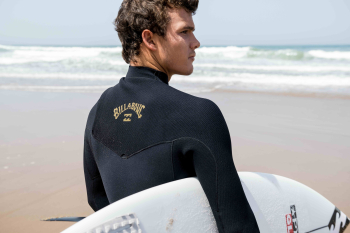

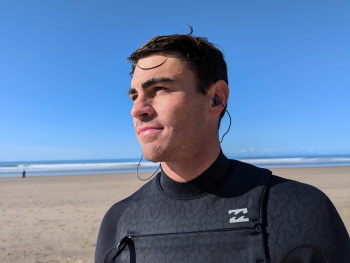
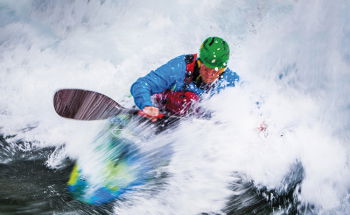


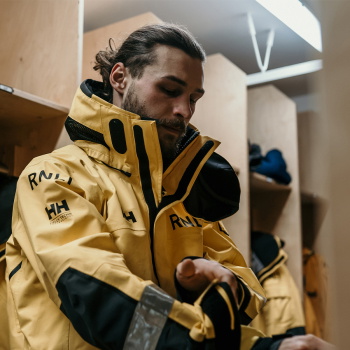

 Visit the US site
Visit the US site  Continue to DE
Continue to DE